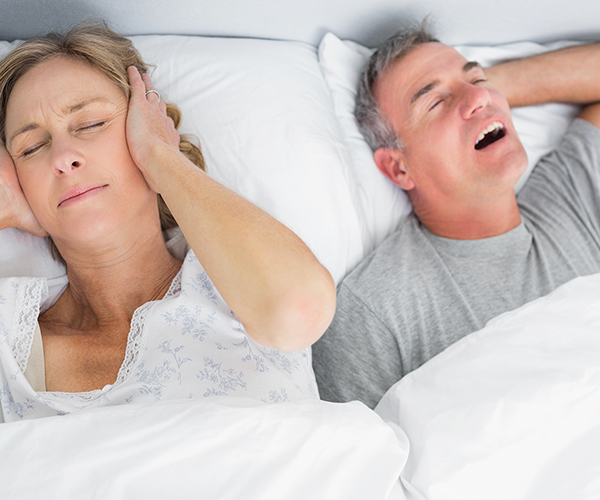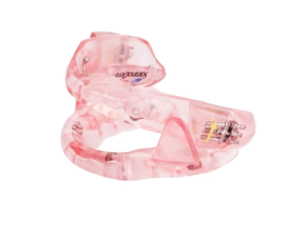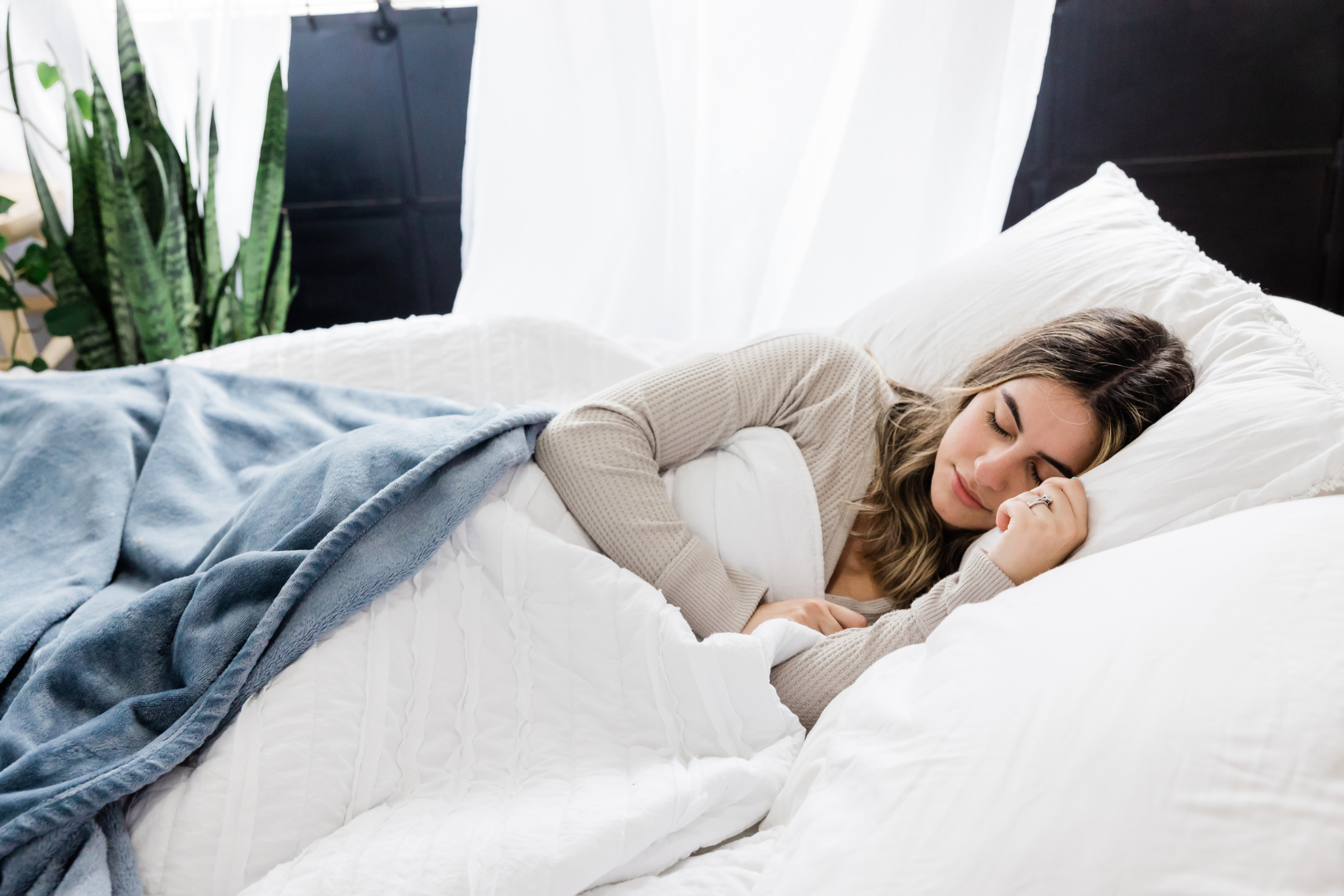Waking up feeling like you never slept? Struggling to breathe at night or hearing complaints about your loud snoring?

Waking up feeling like you never slept? Struggling to breathe at night or hearing complaints about your loud snoring?
Sleep apnea might be to blame, and it can leave you feeling drained, foggy, and frustrated. The good news is — a sleep apnea dental appliance could be the simple, non-invasive solution you need to reclaim restful nights and energised days.
If it’s your first time hearing about a device like this, we’re here to help. This article covers everything you need to know about this device and how it works.

Sleep apnea is a common but serious sleep disorder where your breathing repeatedly stops and starts during the night. These interruptions can rob your body of the oxygen it needs, leaving you with disrupted sleep and a host of daytime problems.
There are two primary types of sleep apnea:
Common symptoms of sleep apnea can include loud snoring, gasping for air or choking during sleep, daytime fatigue — no matter how long you think you’ve slept, and difficulty concentrating or “brain fog.”
While sleep apnea can feel overwhelming, effective treatments are available. For many people with Obstructive Sleep Apnea (OSA), a custom-made dental appliance offers a simple and non-invasive way to improve breathing, restore restful sleep, and reclaim your energy.
If you have Obstructive Sleep Apnea (OSA), a sleep apnea dental appliance could be a game-changer.
These custom-made devices — often made from hard plastic, thermoplastic, or acrylic, are worn during sleep. They are specially designed to keep your airway open by repositioning your jaw or stabilising your tongue to prevent soft tissue from blocking your throat.
Ideal for mild to moderate OSA or for those who find CPAP machines uncomfortable, sleep apnea dental appliances are compact and travel-friendly. They help you breathe freely through the night, improving airflow and letting you wake up feeling refreshed and ready to take on the day.

There are three main types of dental appliances designed to manage OSA, each tailored to meet specific needs:
The most common option, MADs fit over your upper and lower teeth and gently shift your lower jaw forward. This forward positioning helps widen the airway, reducing snoring and preventing blockages during sleep.
TSDs work by holding your tongue in a forward position, keeping it from collapsing back into your throat and obstructing airflow. These are particularly helpful for people with larger tongues or those who lack the teeth needed to support a MAD.
While not as effective as MADs or TSDs for treating OSA, custom-fitted mouth guards may provide relief for mild cases. They can help reduce snoring and offer a simpler, low-maintenance option for some individuals.
Each appliance has its own advantages, and a dental professional can help determine which one is right for your specific needs.
You might be a good candidate for a sleep apnea dental appliance if you find that these apply to you:
That said, even if any of this describes your situation — a consultation with a dentist can confirm whether a sleep apnea dental appliance is the right fit. It’s also important to understand the benefits and risks that come with using this device. Which brings us to the next section.

Choosing a dental appliance to manage sleep apnea comes with clear benefits, but it’s also important to understand the potential risks. Here’s a breakdown to help you make an informed decision:

Getting a dental appliance to manage Obstructive Sleep Apnea (OSA) involves a few essential steps, each designed to ensure the treatment is tailored to your needs and delivers effective results. Here’s what the process typically looks like:
Step 1 – Consultation with a Healthcare Provider:
Start by visiting a dentist experienced in treating sleep apnea. They’ll review your symptoms, medical history, and treatment options to determine if a dental appliance is a suitable choice for you.
Step 2 – Undergoing a Sleep Study:
To confirm the presence and severity of OSA, you’ll need to complete a sleep study, either at home or in a sleep clinic. This step is crucial in developing a treatment plan that fits your specific condition.
Step 3 – Custom Fitting:
Once you’re cleared for a dental appliance, your dentist will take detailed impressions of your teeth. These impressions are used to create a custom-made device that fits comfortably and works effectively to keep your airway open during sleep.
Step 4 – Follow-Up Checks:
After receiving your appliance, regular follow-up appointments are essential. Your dentist will adjust the device as needed to ensure a proper fit, monitor its effectiveness, and address any side effects you may experience.
Now that you know the steps involved in getting a dental appliance, it’s important to make the most of your consultation with your dentist or healthcare provider. Asking the right questions can help you understand the process better, address any concerns, and ensure the treatment plan is aligned with your needs. Here are some key questions to consider:
Is a dental appliance suitable for my type and severity of sleep apnea?
It’s important to determine whether a dental appliance is the right solution for your specific condition — especially if you have moderate to severe OSA or other health concerns.
What type of dental appliance would work best for me?
There are different options available, such as Mandibular Advancement Devices (MADs) and Tongue-Stabilising Devices (TSDs). Your dentist can recommend the most effective style based on your needs.
How will the appliance be custom-fitted?
A precise fit is key to comfort and effectiveness. Ask your provider to walk you through the fitting process, including how impressions are taken and how the appliance will be tailored to your mouth.
Are there any side effects or risks I should be aware of?
Understanding possible side effects — such as jaw soreness or bite changes — can help you feel more prepared and supported throughout your treatment journey.
How soon will I notice improvements?
Results can vary, but many people notice better sleep and reduced snoring within the first few nights. Your dentist can give you a more accurate timeline based on your condition.
How often will I need follow-up appointments?
Ongoing check-ups ensure your appliance remains effective and comfortable. Find out how often these visits should be scheduled and whether any adjustments may be required over time.
Will my insurance cover the cost of treatment?
Coverage can vary, so it’s worth checking with your provider. Your dental team may also offer payment plans or alternative options to help manage the cost.
Managing sleep apnea is essential for your overall health and well-being, and a custom-fitted dental appliance could be the solution you need for a better night’s sleep.
At Smile Place Dental, we specialise in creating comfortable, effective sleep apnea devices tailored to your needs. Our experienced dentists will guide you through the process, from consultation to fitting, ensuring you receive the best care possible.
Don’t let sleep apnea or snoring disrupt your life — find out more about our sleep apnea devices and take the first step toward healthier, more restful sleep.
How long does it take to get used to a sleep apnea dental appliance?
Most people adjust within a few days to a couple of weeks. It’s common to experience minor jaw discomfort or drooling at first, but this usually resolves as your mouth adapts.
How do I know if my sleep apnea dental appliance is working?
You may notice improvements like reduced snoring, better sleep, and feeling more refreshed during the day. A follow-up sleep study can provide confirmation of its effectiveness.
How does a dental appliance compare to a CPAP machine?
Dental appliances are effective for treating mild to moderate obstructive sleep apnea (OSA). For severe cases, CPAP may still be the gold standard due to its continuous airflow, but many prefer the comfort and simplicity of an oral appliance.
Does a sleep apnea appliance need to be custom-fitted?
Yes — for the best results, it must be custom-made by a dentist or specialist. A tailored fit ensures comfort, effectiveness, and proper alignment with your jaw and teeth.
Can it be used to treat snoring, even without sleep apnea?
Absolutely. Many dental appliances are designed to reduce or stop snoring by gently repositioning the jaw to keep the airway open — with or without a sleep apnea diagnosis.
How do I care for a sleep apnea dental appliance?
Clean it daily with a soft toothbrush and mild soap or non-abrasive denture cleaner. Always store it in its protective case when not in use to keep it in top condition.
Can children use a sleep apnea dental appliance?
In some cases, yes — but pediatric treatment is different. Custom appliances may be used, but treatment often involves orthodontic solutions or other medical interventions depending on the cause.